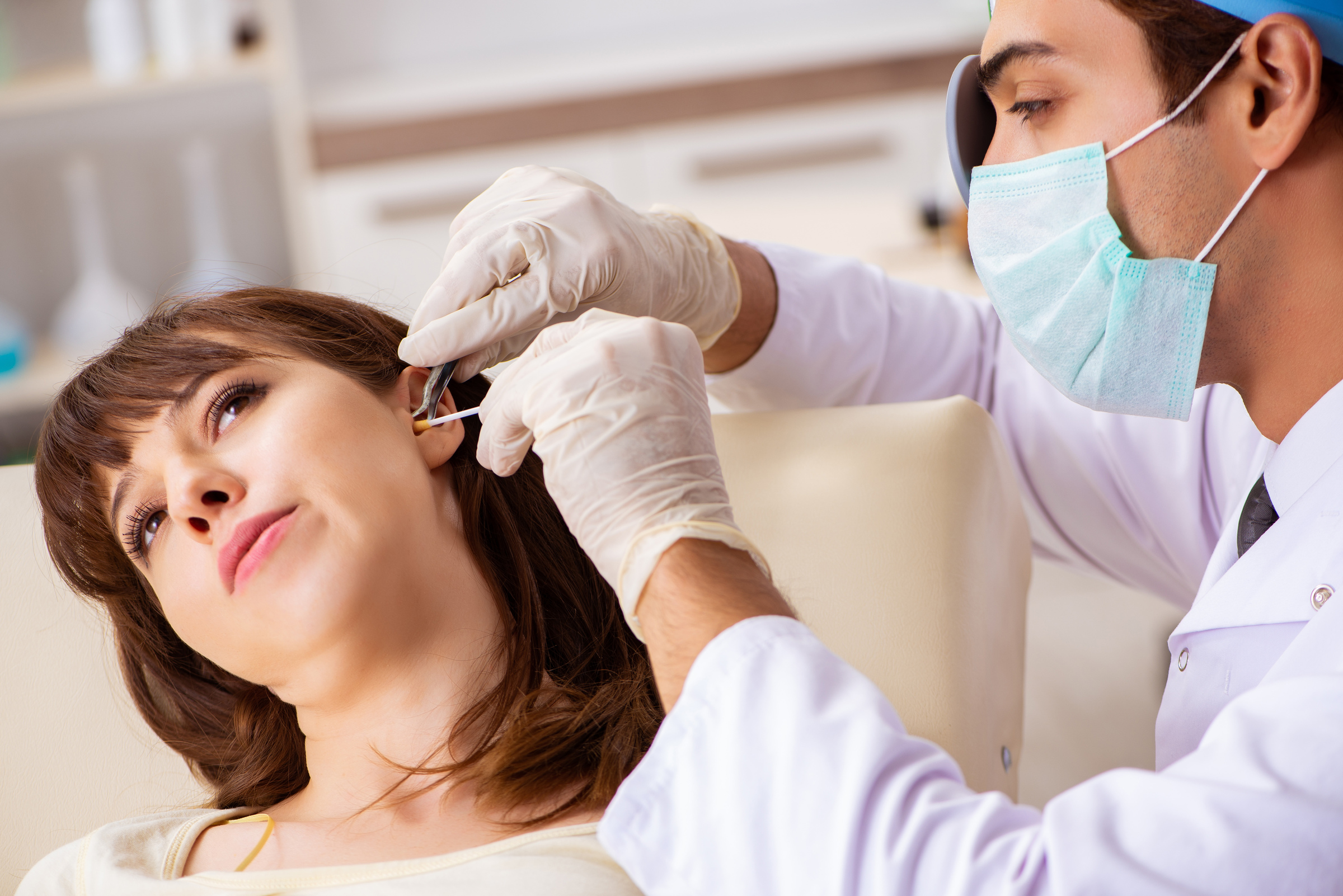
Image Souce: Google
Ear cleaning is an essential part of personal hygiene and plays a crucial role in maintaining auditory health. Over time, ears can accumulate dirt, wax, and debris, leading to discomfort, hearing difficulties, and even infection. While many individuals attempt to clean their ears at home, there is an art to professional ear cleaning that restores clarity and comfort. In this article, we will explore the importance of professional ear cleaning and the techniques used to ensure optimal results.
Professional ear cleaning involves a thorough examination of the ears to identify any issues or abnormalities. A trained ear specialist, commonly known as an audiologist, will use specialized tools and equipment to carefully inspect the outer ear and ear canal. This examination allows them to determine the best course of action and tailor the cleaning process to each individual's needs.
One common method used by professionals for ear cleaning is called irrigation. This technique involves using a gentle stream of warm water to flush out excess wax and debris from the ear canal. The water is carefully directed into the ear using a syringe or a specialized ear irrigation device. The force and temperature of the water are regulated to ensure comfort and safety. During the irrigation process, the audiologist will use a microscope or otoscope to monitor the progress and ensure that the ear is thoroughly cleaned.
In addition to irrigation, professionals may also use suction to remove stubborn or impacted earwax. This technique involves using a small suction device to gently extract the wax from the ear canal. Suction is particularly useful when the wax is hard or difficult to remove using conventional methods. The audiologist will control the suction strength to avoid any discomfort or damage to the delicate structures of the ear.
Another method commonly used by professionals is manual removal. This technique involves the use of specialized instruments, such as curettes or loops, to carefully scoop out or scrape away earwax and debris. Manual removal requires a skilled hand and a deep understanding of the anatomy of the ear to prevent injury. Professionals may also use magnifying tools or microscopes to ensure precision and accuracy during the procedure.
Professional ear cleaning not only focuses on removing excess wax and debris but also aims to promote overall ear health. After the cleaning process, audiologists often provide valuable advice on ear care and prevention of future buildup. This may include recommendations on proper ear hygiene, the use of ear drops to soften the wax, and the avoidance of inserting foreign objects into the ears.
It is important to note that professional ear cleaning should only be performed by qualified audiologists or healthcare professionals. DIY methods, such as using cotton swabs or inserting objects into the ear, can lead to complications, including damage to the eardrum or ear canal. Additionally, individuals with a history of ear infections, ear surgeries, or other ear-related conditions should consult their healthcare provider before undergoing any professional ear cleaning procedures.
In conclusion, professional ear cleaning is a meticulous process that requires specialized knowledge and skills. It is an essential aspect of auditory health, as it helps restore clarity and comfort to individuals experiencing hearing difficulties or discomfort due to excess earwax or debris. Whether through irrigation, suction, or manual removal, audiologists perform a careful examination and tailor the cleaning process to meet each individual's needs. By seeking professional ear cleaning services, individuals can ensure optimal ear health and prevent potential complications.
